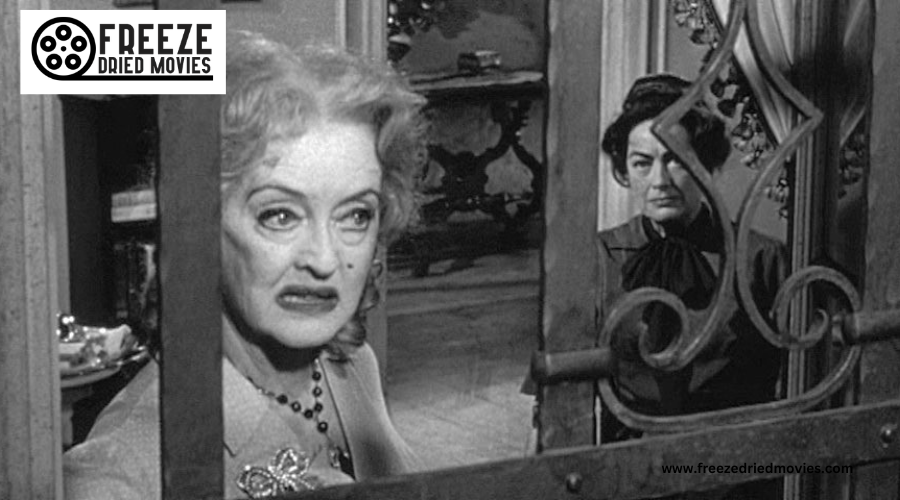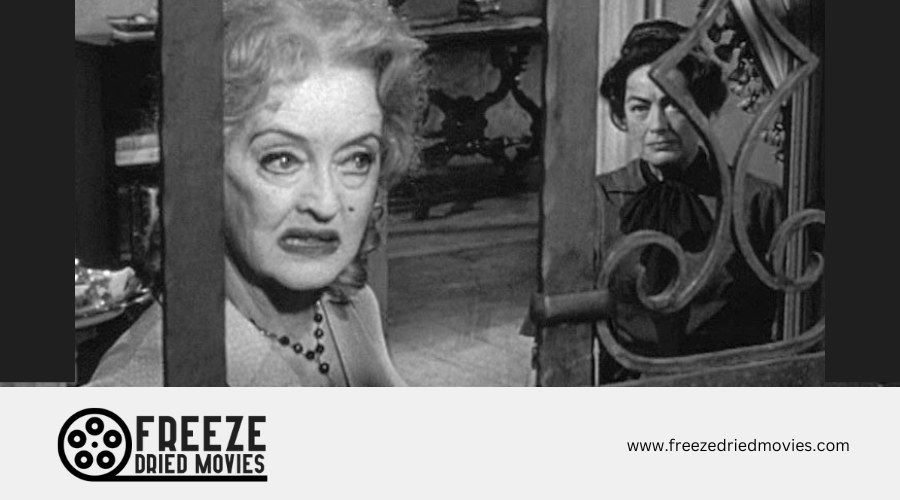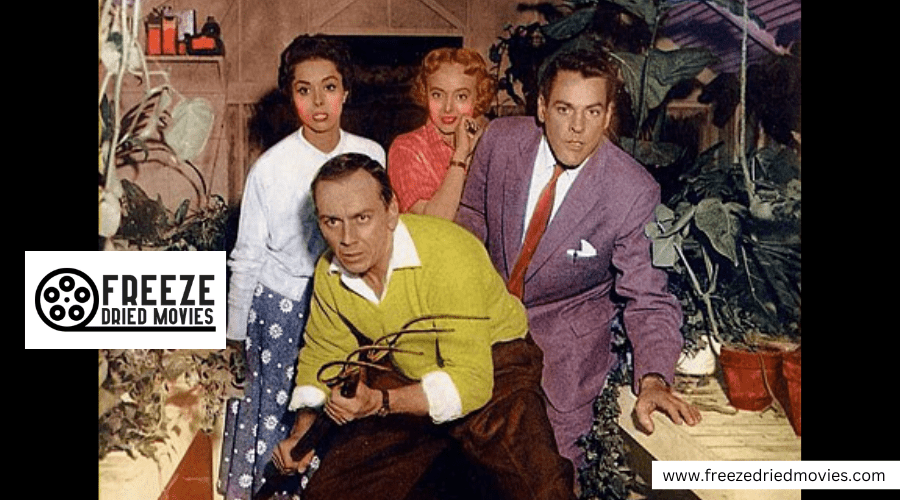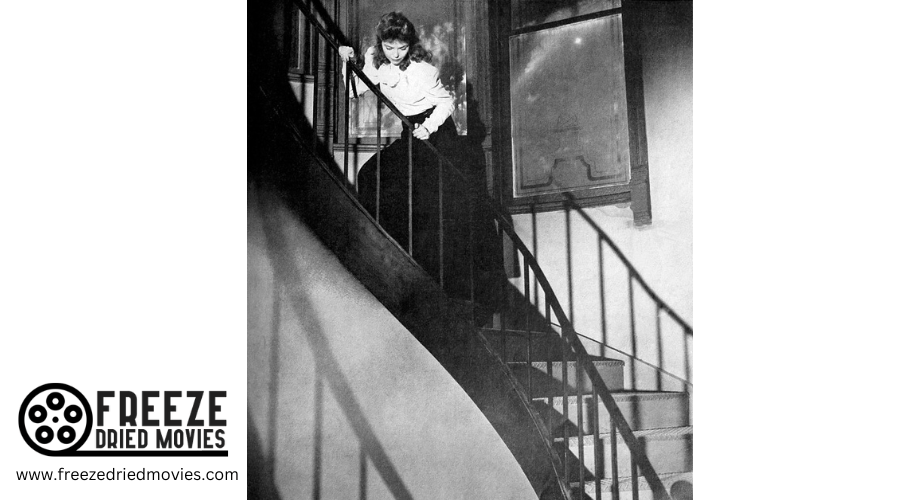It's Alive 1974: Cult Horror Classic Turns 50

A Deep Dive into "It's Alive"
The Film
Larry Cohen's "It's Alive" hit theaters in 1974, bringing a unique twist to the horror genre. The movie follows Frank and Lenore Davis as they welcome their second child. But joy turns to terror when the newborn proves to be a deadly mutant.
The film taps into fears about pregnancy, childbirth, and parenthood. It shows Frank's distance from the birth process, stuck in a waiting room with other anxious fathers-to-be. When things go wrong, he's the last to know.
The birth scene is shocking. Lenore's concerns are ignored by doctors, leading to deadly results. The baby kills the medical team and escapes, leaving a trail of blood behind.
Frank goes through a whirlwind of emotions:
- Shock and relief that Lenore survived
- Disbelief about what happened
- Defensiveness when questioned about possible causes
- Anger when he loses his job due to bad publicity
- Denial as he tries to keep life normal for his older son
Meanwhile, Lenore struggles with her own feelings. Despite the horror, she feels a mother's love for her child. She even hides the baby in their basement, seeing it as part of the family.
The film explores how society reacts to the situation. Police hunt the baby, seeing it as a threat. The hospital and drug companies want to cover up the incident. Frank gets pulled into the search, at first willing to let scientists study and destroy the creature.
But as the hunt goes on, Frank starts to see the baby differently. He realizes that, monster or not, this child will always be linked to him. This leads to a shift in his thinking about fatherhood and responsibility.
Reception
"It's Alive" sparked mixed reactions when it came out. Some viewers found it shocking and disturbing. Others saw deeper meanings in its story.
The film came out just after the Roe v. Wade decision on abortion rights. This timing led many to see the movie as a comment on that debate. But Cohen, the director, said the film could be seen as supporting either side. He wanted viewers to make up their own minds.
View this post on Instagram
Critics noted how the film touched on other issues of the time:
- Environmental concerns
- Distrust of big companies
- Changing family roles
- The gap between Baby Boomers and their parents
Some praised Cohen's ability to mix horror with social commentary. They liked how he used the monster baby to explore real fears about parenting and society.
Others found the premise too outlandish. They felt the low-budget effects took away from the serious themes.
Over time, "It's Alive" has gained a cult following. Horror fans appreciate its unique take on the genre. Film scholars often study it as an example of 1970s American cinema.
Sequels
The success of "It's Alive" led to two sequels:
- "It Lives Again" (1978): This film picks up where the first left off. Frank Davis tries to help other couples who might give birth to mutant babies. The government wants to stop these births, leading to conflict.
- "It's Alive III: Island of the Alive" (1987): In this movie, the mutant babies are sent to a remote island. Years later, a group goes to see what's become of them.
Both sequels kept the mix of horror and social commentary from the first film. They explored how society might deal with more of these mutant births.
In 2008, a remake of "It's Alive" came out. It changed some parts of the story but kept the basic idea of a killer baby. This version didn't get as much attention as the original.
The "It's Alive" series stands out in horror film history. It took a simple, scary idea and used it to look at complex social issues. While the sequels didn't match the impact of the first film, they helped keep its legacy alive.




